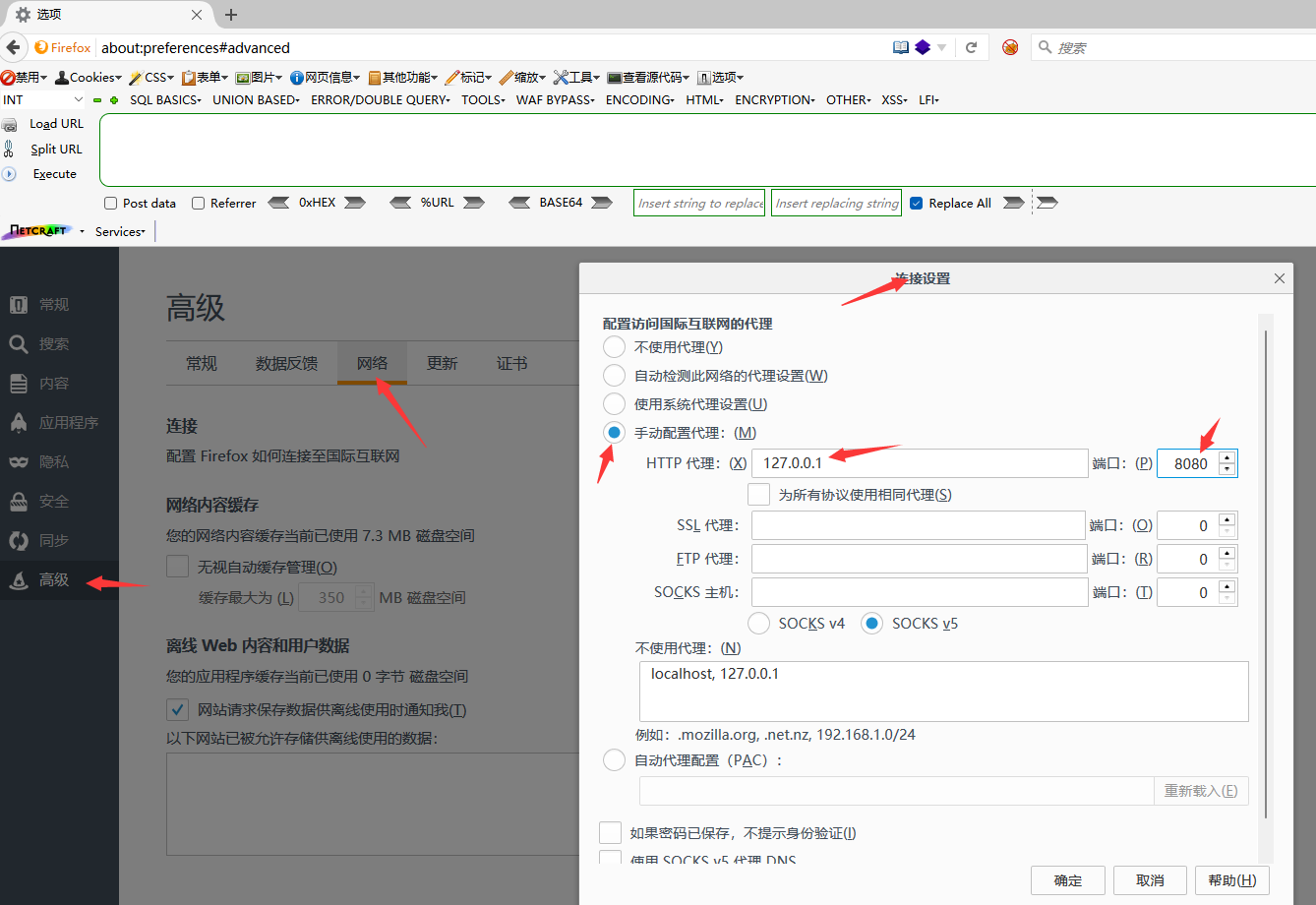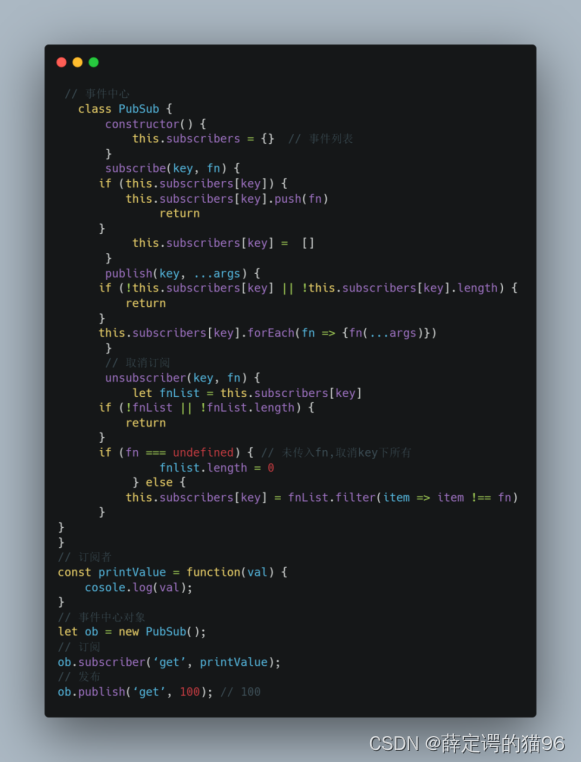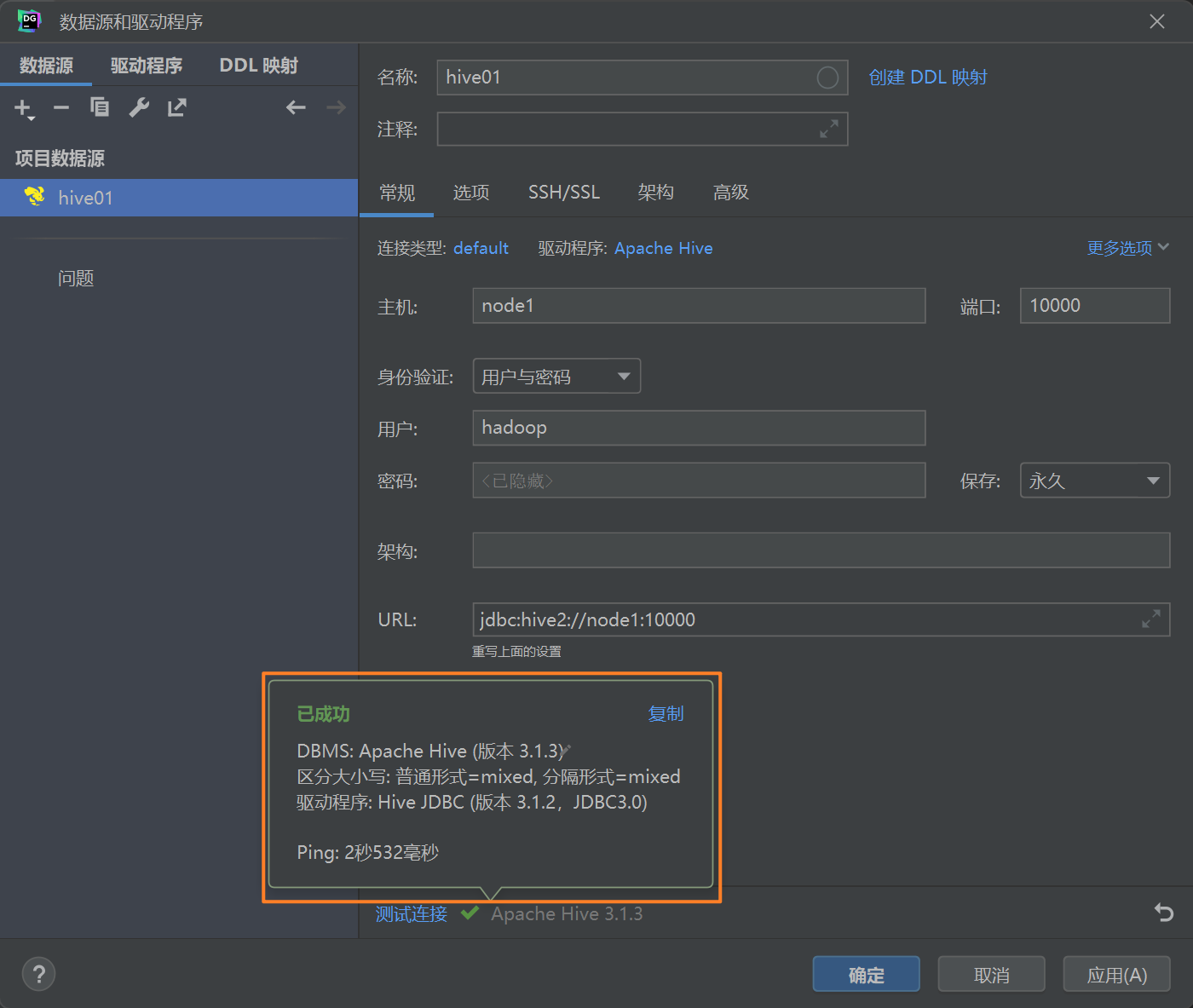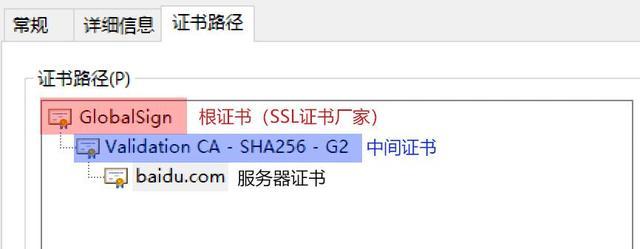文章目录
- 前言
- 一、onLoad钩子中调用
- 二、使用步骤
- 截取url中的code
前言
提示::公司的公众号用户,与后台系统的账号系统做绑定,用以推送消息
公众号自定义菜单直接链接到以下页面,进行静默授权,然后用户输入系统的分配的账号进行与微信的绑定和解绑。
页面如下:
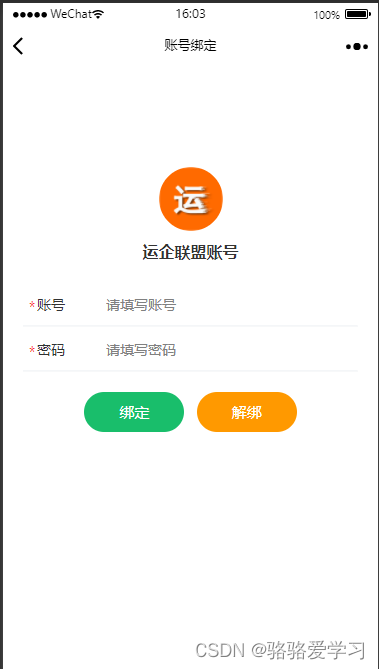
- onLoad:页面加载,在onLoad中发送请求比较合适的,即页面一加载就发送请求获取数据。
- onShow:页面显示,会触发多次,只要页面隐藏,然后再显示出来都会触发。这里会重复触发,如果你重复发送请求不合适。
- onReady:页面初次渲染完成了,但是渲染完成了,请求获取数据,就太慢了。
一、onLoad钩子中调用
最大的好处就是授权时,不会出现的页面空白的情况
onLoad() {}
二、使用步骤
代码有注释,如果不太明白多看几遍,if判断执行的时机,根据数据的缓存而执行。如果有openId,onload内的代码块不会执行,否则以下必然会执行以下一种情况。
// wechatAppId公众号的标识,改成自己的
import {
wechatAppId,
} from '@/common/settings'
onLoad() {
//看看本地是否有openId
const openId = uni.getStorageSync("openId")
//看看本地是否有code,这个是公众号code
const code = uni.getStorageSync("code")
// 截取链接的code,具体方法在下面有
const urlCode = this.getUrlCode().code
if (!code && !urlCode && !openId) {
//不存在存储的code 不存在地址参数code 不存在openid
//存储当前初始页面历史列表数量
uni.setStorageSync("historyLength", history.length);
//local 回调地址,换成自己的
const local =
'https://127.0.0.1:8080/pages/account/BindAndUnbind/BindAndUnbind'
//encodeURIComponent对链接转码,这一步必须
const uri = encodeURIComponent(local)
//调转页面
document.location.replace(
`https://open.weixin.qq.com/connect/oauth2/authorize?appid=${wechatAppId}&redirect_uri=${uri}&response_type=code&scope=snsapi_base&state=123#wechat_redirect`
)
} else if (urlCode && !openId) {
//存在地址参数code 不存在openid
uni.setStorageSync('code', urlCode);
const historyLength = uni.getStorageSync("historyLength");
//跳转回初始页面
history.go(-(history.length - historyLength));
} else if (code && !openId) {
//存在存储的code 不存在openid
//请求后端接口获取用户的信息
uni.$u.post('/api/login/volkswagen-login', {
'webChatCode': code
}).then(res => {
if (res.code === 0) {
uni.removeStorageSync('code');
this.$u.toast("授权成功")
uni.setStorageSync("openId", res.data.openId)
uni.setStorageSync("openIdData", res.data)
this.$u.vuex('openId', res.data.openId)
} else {
uni.removeStorageSync('code');
this.$u.toast("code授权失败")
uni.setStorageSync("openId", res.data.openId)
uni.setStorageSync("openIdData", res.data)
this.$u.vuex('openId', res.data.openId)
}
}).catch(err => {
uni.removeStorageSync('code');
this.$u.toast("catch授权失败")
})
}
},
截取url中的code
// 截取url中的code
getUrlCode() {
// 截取url中的code方法
const url = location.search
const theRequest = new Object()
if (url.indexOf('?') != -1) {
let str = url.substr(1)
let strs = str.split('&')
for (let i = 0; i < strs.length; i++) {
theRequest[strs[i].split('=')[0]] = strs[i].split('=')[1]
}
}
return theRequest
},



